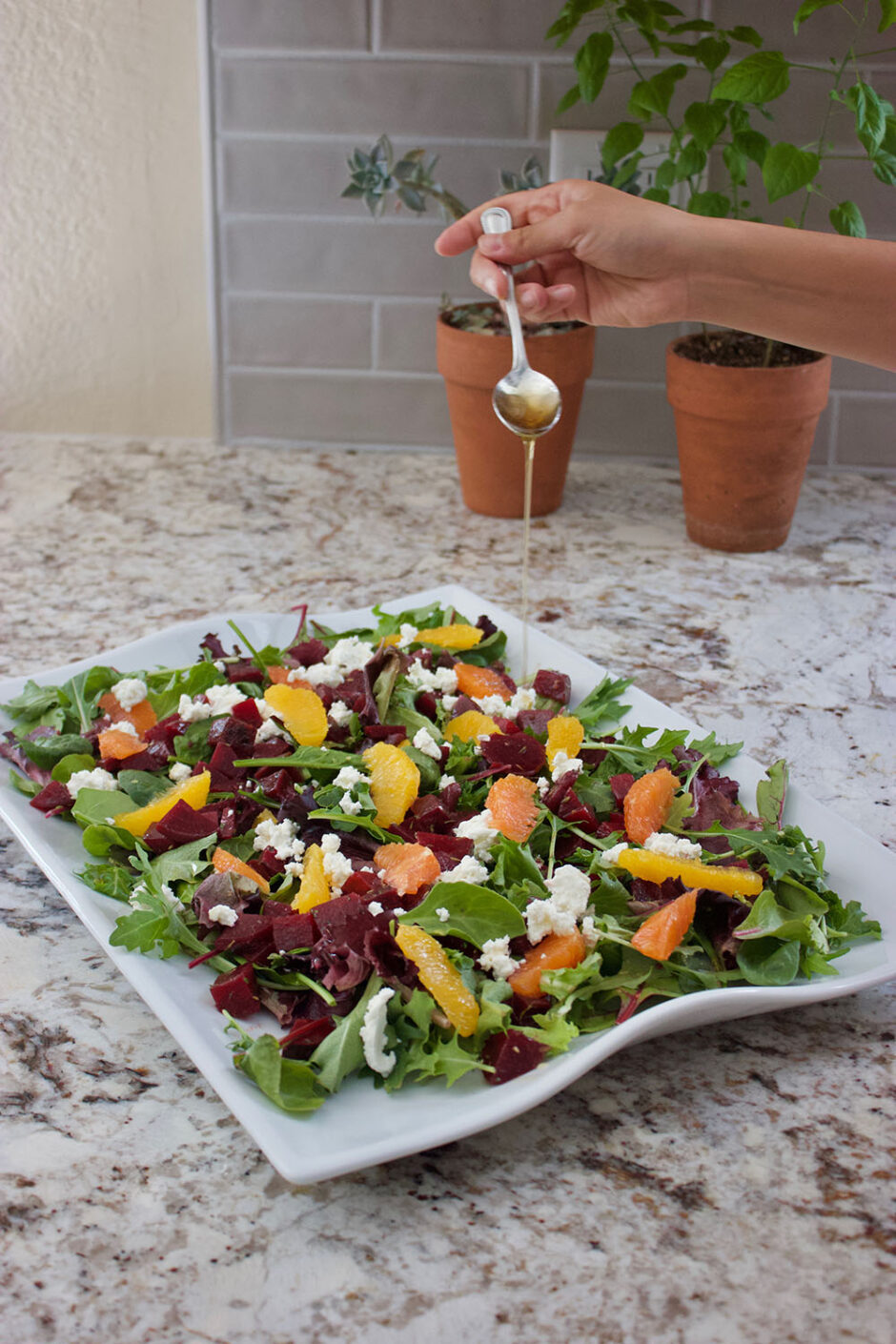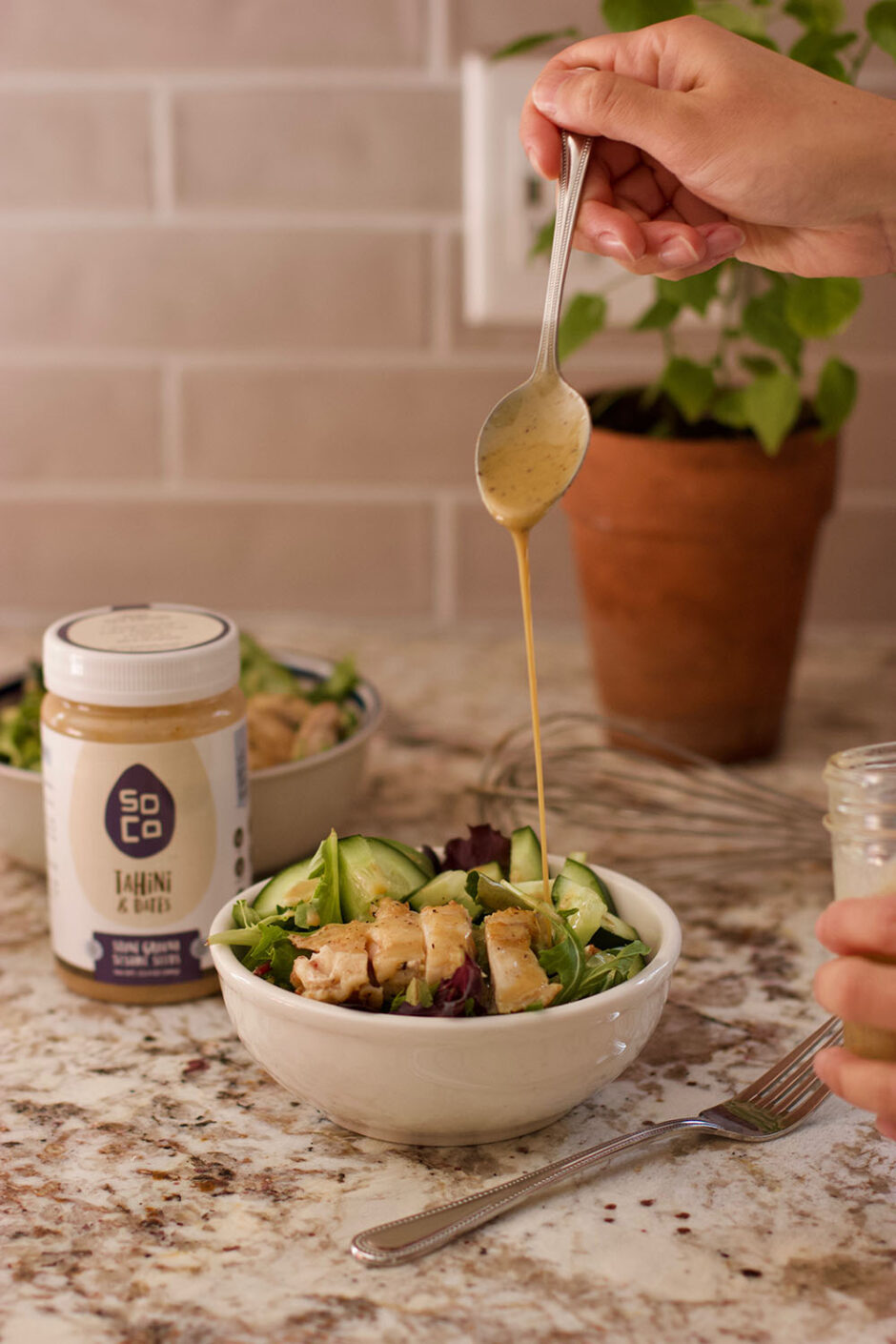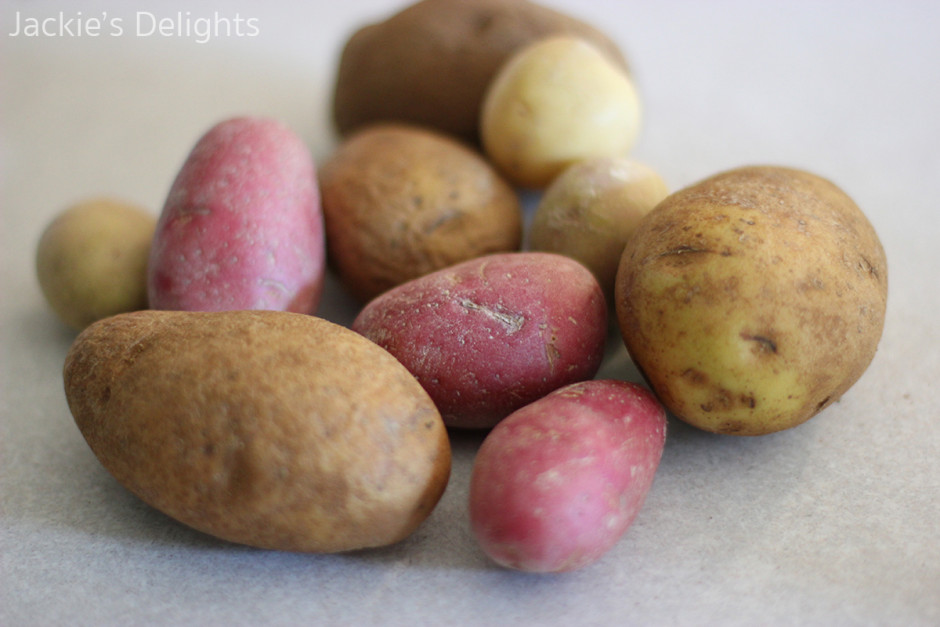
Before it gets too hot outside, be sure to try out this super amazing Kale Stew! Normally, I feel like soups and stews are things that should only be eaten during the winter and fall, but I also think that there are always exceptions. Soups are ok in the spring so long as they’re light and not very creamy. They have to somehow taste refreshing.

This soup definitely meets the above requirement. It’s a bit like a lighter minestrone, as it has similar vegetables and beans, but this stew has bits of red potato and instead of pasta. And, of course, the biggest difference is that this recipe contains kale. Lots of it. But don’t let that scare you away! It’s the kale that adds the “refreshing” element to this recipe! Cooked and in the same spoonful with carrots and potatoes, the kale adds a nice, smooth crunch-like texture to the dish. And you can add more or less kale depending on your preferences since it’s the last step for this soup, so tell your picky eaters at home that they’ve no excuse!

This is one of the rare “anonymous” cookbooks, as its authors are “the editors of Martha Steward Living.” Because of this, it feels very much like you’re reading a magazine. There is no introduction about how the authors begun their journeys with food and all the blurbs about each recipe are completely objective, without any backstory about how the authors ate a certain dish all the time when they were little. Maybe this description makes the book sound more boring than it actually is. The important parts are the recipes anyway, right?
Because there’s no focus on the authors of this book, there’s a much larger focus on you, the reader. The whole first 70 pages of the book focuses on teaching the reader how to eat healthier. It starts with 11 Golden Rules of clean eating and continues with an in-depth guide of how to stock your pantry. It ends with a guide on how to create a clean-eating action plan for yourself, whether you want to have just a 3-day cleanse or a full month’s worth of monitored eating. Though the tips are great, I’m mostly interested in the recipes. Flipping through the book, what struck me as a bit strange were the recipe names. They all seemed to be shortened ingredient lists: “white peach and heirloom tomato salad,” “trial mix with toasted coconut,” or “farro spaghetti with fresh tomatoes and marcona almonds.” Good thing every recipe has a picture because these mouthful names distract the reader from the actual dish. Also, it makes it feel like the recipes isn’t a real dish, like ingredients are just being thrown together in some kind of no-name fashion.
Once you’re able to get past these distractions, it is possible to actually enjoy the book. First, the photography is amazing and I appreciate that there’s a photo for every recipe. Also, there are so many recipes, you’re bound to find something you like. Unfortunately, I don’t think all these recipes are exceptionally fabulous. I made the breakfast quinoa recipe, hoping it’d taste similar to oatmeal, but I found it too bitter and earthy in taste to be able to replace a sweet breakfast cereal. There are also just some weird combinations like poached eggs on swiss chard (so, a poached egg on top of salad) and some overly simple recipes like frozen bananas with cocoa (which is literally just a frozen banana with cocoa powder on top) or the watermelon-lime granita (which is just frozen watermelon with lime and honey). I think recipes that simple hardly even deserve space in a cookbook — otherwise might as well also put in a recipe for bread with butter or yogurt with honey or anything else as painfully simplistic as those.
Still, this is a thick 335-page book, and if you’re willing to experiment and take each recipe with a grain of salt (no pun intended ;), you’ll probably enjoy this book. There are plenty of healthy recipes for juices, smoothies, soups, and salads as well as a variety of meat dishes, so there really are endless possibilities with this book.


- 2 tbsp olive oil
- 1 onion, chopped
- 2 garlic cloves, minced
- 2 carrots, thinly chopped
- 2 celery stalks, thinly chopped
- salt and pepper, to taste
- 1 15-oz can diced tomatoes
- 1/2 pound red potatoes, cleaned and cubed
- 2 cups (or 1 15-oz can) navy or cannellini beans
- 8 cups water
- 1/2 pound kale, washed, stems removed, and cut into small pieces
- about 1/2 cup freshly grated parmesan cheese
- Heat a large saucepan (big enough to fit all ingredients) with oil over medium heat. Sautee the onion, garlic, carrots, and celery with some salt and pepper. Cook, stirring occasionally, for about 10 minutes, or just until the vegetables are soft.
- Add canned tomatoes and cook for another 3-5 minutes.
- Turn up the heat (slightly) and add potatoes, beans, and water. Once the mixture boils, turn the heat back down to low and cook for another 10-15 minutes, or just until the potatoes are soft.
- Add kale and cook for just 2 more minutes. Serve immediately with parmesan on top.
- Note: this soup is best eaten fresh; lasts only about two days in the fridge because the kale will start to wilt too much. If you plan on freezing the soup or keeping it for longer in the fridge, serve each bowl of soup individually with kale rather than adding kale to the whole pot.




Leave a Reply